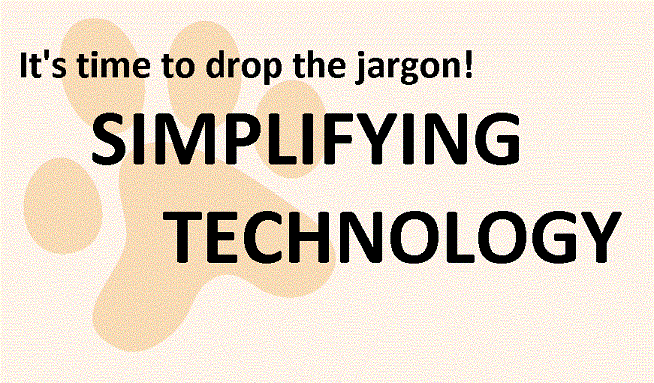Intel's long-awaited Light Peak technology, now known formally as Thunderbolt, is finally available on its first consumer device, and the company today unveiled more details about when we'll be seeing it in consumer PCs and gadgets.
First unveiled at the Intel Developer Forum back in 2009, the data transfer tech promises to replace a handful of ports with one that can do more things, and do them faster.
Its first inclusion in a computer is in Apple's MacBook Pro line, which refreshed earlier today with Thunderbolt ports across the line (see CNET's hands-on here). Intel followed up a few hours later with a press conference about the technology, as well as its plans to bring it to computers and devices over the next year or so.
To help readers better understand what the technology is and why it matters, CNET has put together this FAQ.
What is Thunderbolt?
Thunderbolt is Intel's new input/output technology that promises to bring transfer speeds that exceed what is currently available with USB 3.0, as well as extending that speed across several devices at once. In terms of where you'll see it, Thunderbolt will appear as a new port on laptops and PCs, as well as on devices that support it.
Intel unveils Thunderbolt (photos)
The technology itself makes use of existing DisplayPort and PCI-Express data protocols to open up what you can do with a single port into multiple uses and at high speeds. This includes "daisy chaining" up to seven Thunderbolt-equipped devices together, while retaining full speed across all of them at once.
How fast is it?
Thunderbolt currently runs with a top speed of 10Gbps, though promises to one day top 100Gbps in data throughput when it moves from a copper wire to optical fiber. In the interim, copper wire has both speed and cable length limits, keeping cable length at 3 meters or less. The data transfer is also bidirectional, meaning it can both transmit and receive data at the same time, and at its top speed.
During Intel's press conference about the technology this morning, the company demonstrated it working on a MacBook Pro, pulling four raw, uncompressed 1080p video streams through a Thunderbolt storage array, and feeding into a Thunderbolt-attached display, all the while topping more than 600MBps in its transfer speeds. An earlier test of just file transferring had gotten it up to 800MBps.
To put this in perspective of what's been available up to this point, that's twice as fast as the theoretical limit of USB 3.0, 20 times faster than USB 2.0, and 12 times faster than FireWire 800.
Here's a demo from this morning's Intel press conference that gives you an idea of what it's capable of in a video editing and viewing work flow, as well as a file transfer:
Read more: http://news.cnet.com/8301-11386_3-20036033-76.html#ixzz1F05eb4HW
Joe Carretta
